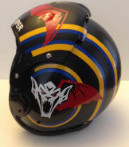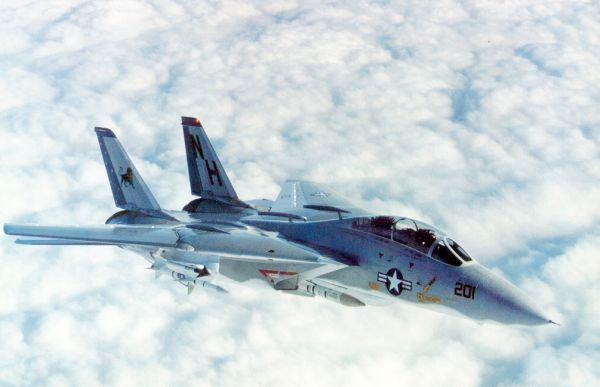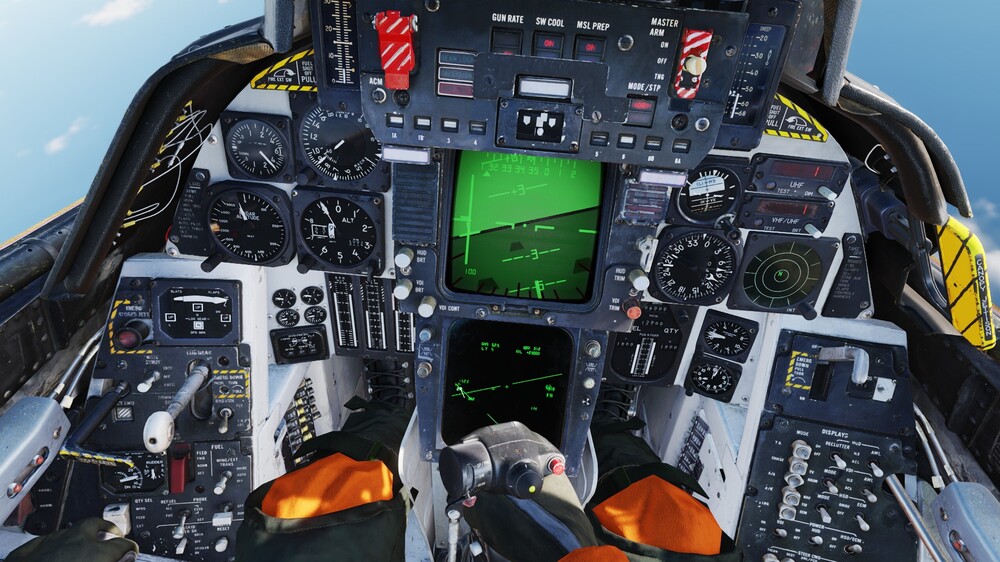-
Posts
2738 -
Joined
-
Last visited
Content Type
Profiles
Forums
Events
Everything posted by captain_dalan
-
What is your gross weight?
-
This!
-

Performance issues - New launcher launches ST or MT?
captain_dalan replied to captain_dalan's topic in General Bugs
Glad it worked out for you guys! Cheers! -

Performance issues - New launcher launches ST or MT?
captain_dalan replied to captain_dalan's topic in General Bugs
Did it work for you? -
Sorry for the necro, but i've had this problem for a long time now, and it seems that at times it may be related to older content, such as, missions i have created and set weather to a couple of years ago, are more likely to have jagged/filled with artifacts clouds in the distance. Didn't investigate more.
-
Sorry for the necro, but i've had this problem for a long time now, and it seems that at times it may be related to older content, such as, missions i have created and set weather to a couple of years ago, are more likely to have jagged/filled with artifacts clouds in the distance. Didn't investigate more.
-

Performance issues - New launcher launches ST or MT?
captain_dalan replied to captain_dalan's topic in General Bugs
You can also disable it manually, by editing the options.lua in your savedgames/dcs/config folder, and setting the value for launcher to false, but i wouldn't recommend it if you feel uncomfortable with editing lua files. -

Performance issues - New launcher launches ST or MT?
captain_dalan replied to captain_dalan's topic in General Bugs
This gave me an idea, i disabled the launcher and started DCS.exe from the MT-bin folder directly as i did before the update, et voila! Performance issues seem gone. Whatever the issues are, they may be launcher related! -
The poster solved the issue of the FC3 planes not showing, buy buying FC24.
-
You should not pay extra for something you bought already, just to have it work as intended from the start
-

Performance issues - New launcher launches ST or MT?
captain_dalan replied to captain_dalan's topic in General Bugs
Where do you put this? And which file it is exactly? EDIT: also, i don't know what they did with the performance, but even my launcher video is stuttering -
null nullBottom right says it's running MT, but ingame performance, especially when looking around is all over the place, as bad if not worse then it was in ST before update. Is the new launcher launching ST or MT? And is there a way to launch DCS by bypassing the launcher? null
-
nullSame! Note i have bought FC3 and F-86 and MiG-15 as separate modules, now they are all gone from my game. null
-
To whom do we address this finding? And should we file it as a bug?
-

AIM-54 vs AIM-120 for Bringing Down Bombers in DCS
captain_dalan replied to Horns's topic in DCS: F-14A & B
Believe it or not, i have seen MiG-31's surviving hits even from a Phoenix, though not most of the time..... fortunately.... -

Jester 2.0 (and other new stuff added with F-4 module) when?
captain_dalan replied to sBinn64's topic in DCS: F-14A & B
Most of my on-speed 3 wires tonight seem to be a ball or two high, but it may just be dumb luck, or me messing up some fine detail, after all, i hadn't done this in months. I wish i made a recording. Huh, good question. -
Confirmed. And it has nothing to do with the missiles. As soon as the track reaches the edges of the screen, there is a VERY high probability of getting an X over the track. And it's not even that far off boresight. This is probably worth investigating. EDIT: the target is a MiG-15, so no ECM or CM.
-
Is this only against the Phantom? And when you say no ECM, you mean no jammers or no counter measures?
-

Jester 2.0 (and other new stuff added with F-4 module) when?
captain_dalan replied to sBinn64's topic in DCS: F-14A & B
In an ideal world, yes. However, i can't see how you can make Jester communicate with a wingman, especially a human one, to sort bandits out and coordinate actions. -

Jester 2.0 (and other new stuff added with F-4 module) when?
captain_dalan replied to sBinn64's topic in DCS: F-14A & B
And then why not set the selected/highlighted contacts to "do not attack"? After all, it's what we do now when we jump into the backseat. -

Jester 2.0 (and other new stuff added with F-4 module) when?
captain_dalan replied to sBinn64's topic in DCS: F-14A & B
I hope this is so. I haven't practiced CASE I's in a while, this actually makes me wanna try them again. -
Oops! Looks like i forgot to upload my tracks! That's what happens when you post at 3AM!!! As for manual loft/loft assist, i didn't use it in this case, but it would not effect the guiding anyway. You may be able to notice in the tacview bellow, but the second MiG was barely in my cone when i picked it up. From previous iterations of this mission, i am well aware i can't maintain proper tracks on both bandits, but i fired the second FOX anyway, for academic reasons. Here are the tracks BTW (finally) Tacview-20240606-020555-DCS-F-14A_IA_Syria_BVR.zip.acmi Tacview-20240606-021233-DCS-F-14A_IA_Syria_BVR.zip.acmi
-
The A's seem to working properly, as long as you can keep a working track. Note the 2 tackviews bellow, in both i fire 2x 54A's at two tracks (MiG-29's), in both i lose the track on the second one (the furthest) and the missile fired at it goes ballistic, while the second missile homes true in both scenarios. As for the exact state of the missiles after today's patch, i can't say. Many more tests are needed, from different test scenarios. EDIT: though from the 2 independent test so far, they seem to loft less (about 1000-1500ft) on 40 mile shots and they also (probably as a result) seem to have a bit less energy at the going active point (about 0.1 mach), and at impact (about 0.8 mach). How will this affect Pk against defending targets? No idea. More systematic tests are needed, and user experience from online use. IMO, these changes are just band-aids. All the missiles are long overdue for a transfer to the new missile API.
-
Woe be on those that bought and fly warbirds...... and let us spend a quiet minute in morn over all the poor souls that bought the F-4..... Seriously though, the hood people at HB did so much to convey what the aircraft is doing, and that's even without the Jester callouts, one needs but listen and observe what's going around in the cockpit. As for HUD BFM, all the energy in the world ain't gonna save you if you can't offset a turn circle, and good luck doing that by looking through the HUD.








